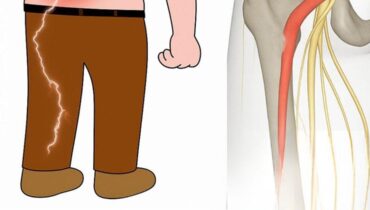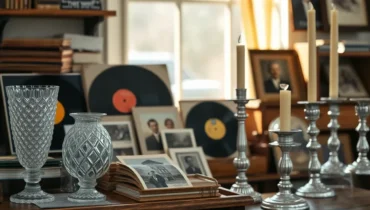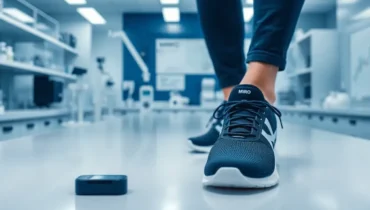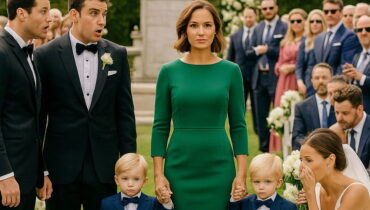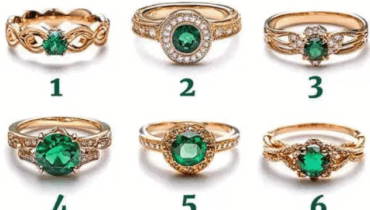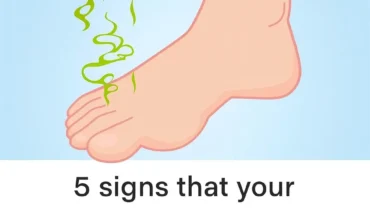📌 “She made me take the test”: Olivia Munn reveals what saved her mother’s life after her own cancer battle
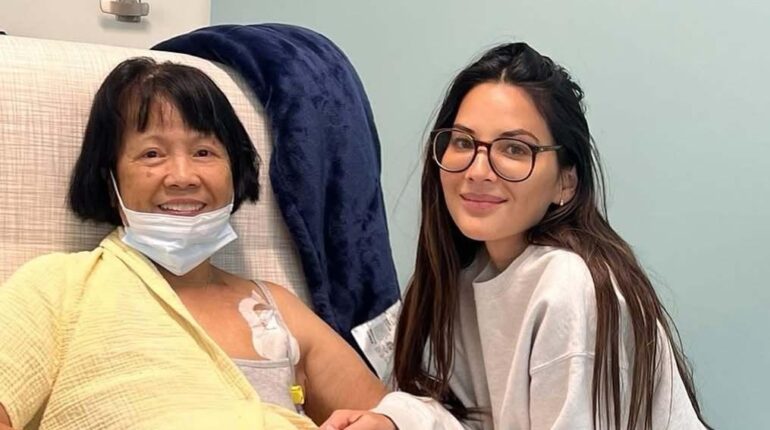
Posted 11 July 2025 by: Admin
Mother-Daughter Cancer Journey: When Prevention Becomes Personal
Two years after her own breast cancer diagnosis shattered her world, Olivia Munn faced an unthinkable reality: her advocacy had uncovered another battle within her family.
The 45-year-old actress revealed in a candid Instagram post that her mother, Kim Schmid, has also been diagnosed with breast cancer—a discovery that emerged directly from Munn’s urgent plea for family testing following her 2023 diagnosis.
The numbers told a stark story. After her own luminal B cancer diagnosis, Munn immediately urged her mother and sister to take the same Breast Cancer Lifetime Risk Assessment test that had detected her condition. The results were alarming: Schmid scored 26.2%, well above the critical 20% threshold that medical experts consider high risk.
« The Tyrer-Cuzick Risk Assessment test saved my life and now my mom’s », Munn explained, emphasizing how this single test became a lifeline for two generations.
What followed highlighted a crucial gap in routine cancer screening. Despite Schmid’s yearly mammogram showing clear results, Munn’s insistence on additional testing proved vital. Armed with her mother’s high-risk score, she demanded doctors order a breast MRI—a decision that would prove life-changing.
The MRI revealed what traditional screening had missed: Stage 1 Her2 breast cancer, lurking undetected despite seemingly reassuring routine tests. This discovery transformed a family’s understanding of cancer prevention from abstract recommendation to urgent personal mission.
From Clear Tests To Stage 1 Diagnosis: The Hidden Reality Of Breast Cancer Detection
That mission revealed a troubling truth about modern cancer screening protocols. Schmid’s yearly mammogram had delivered the reassuring news every woman hopes to hear: clear results. Yet this standard screening method had completely missed a growing threat.
The 26.2% risk score became the key that unlocked a hidden danger. This single percentage point above the critical 20% threshold demanded action that routine care hadn’t provided. While mammograms remain the gold standard for breast cancer detection, Schmid’s case exposed their limitations in high-risk patients.
Munn’s insistence on an MRI—despite her mother’s clean mammogram—proved the difference between early detection and a potentially devastating delay. The advanced imaging revealed Stage 1 Her2 breast cancer, a discovery that traditional screening had entirely missed.
« Shortly after that MRI, my mother was diagnosed with Stage 1 Her2 breast cancer », Munn revealed, underscoring how persistence in medical advocacy can literally save lives.
The diagnosis launched Schmid into immediate treatment: 12 rounds of chemotherapy followed by ongoing monthly Herceptin transfusions scheduled to continue through fall. Her journey highlighted a crucial medical reality—that patients must sometimes push beyond standard protocols when risk factors demand more aggressive screening.
This mother-daughter experience illuminated gaps in routine breast cancer detection that could affect thousands of women. Their story became a compelling case study in the importance of comprehensive risk assessment over reliance on single screening methods.
Shared Battles: The Emotional Toll Of Caring For A Loved One With Cancer
What began as a medical case study quickly transformed into an intensely personal journey that would test both women’s strength in unexpected ways. The path ahead demanded more than clinical protocols—it required emotional resilience that neither could have anticipated.
Both mother and daughter faced identical surgical realities: double mastectomies that bookended their shared cancer experience. « From my mom being there after my double mastectomy to me being there after hers », Munn reflected, capturing the profound role reversal that defined their intertwined battles.
Schmid’s 12 rounds of chemotherapy and ongoing monthly Herceptin transfusions created a treatment schedule that extended through fall. Yet the clinical timeline told only part of their story. Munn and Schmid’s husband Sam immersed themselves in crash courses on Her2 cancer, chemotherapy protocols, immunotherapy options, and cold cap treatments.
The actress discovered a harsh truth about caregiving that extends far beyond medical knowledge. « Going through cancer is really hard. But there’s something about watching a loved one go through it that is even more heartbreaking », she admitted, revealing the unique anguish of watching someone you love endure what you’ve already survived.
Munn spent countless nights caring for her mother when chemotherapy’s effects became overwhelming. She found herself wishing she could trade places, even temporarily, to give Schmid respite from the relentless treatment cycle.
Their shared oncologist became a symbol of their intertwined journey—a medical professional who understood both women’s histories and could navigate their parallel recoveries with unprecedented insight.
Breaking The Silence: A Mother’s Mission To Save Lives Through Early Detection
Beyond their shared medical journey, Kim Schmid recognized an opportunity that extended far beyond personal recovery. Her decision to go public with her diagnosis carried a weight that transcended family boundaries—it became a deliberate act of advocacy.
The risk assessment test that changed everything for both women revealed a startling gap in standard medical care. Dr. Thaïs Aliabadi, Munn’s personal physician, advocates for universal testing starting at age 30, with recalculations following hormone treatments, pregnancies, or new family diagnoses.
Schmid’s story exposes a critical flaw in current screening protocols. While women learn about periods, yearly Pap smears, and mammograms at 40, the lifetime risk assessment remains largely unknown. « We now need every gynecologist to incorporate the lifetime risk test into their care plan », Munn emphasized, highlighting the systemic change required.
The actress revealed her mother’s driving motivation: « My mom wanted me to tell you that she hopes by sharing her story it will help save someone’s life ». This wasn’t mere hope—it was a calculated mission based on proven results.
Munn never anticipated the test would create a ripple effect within her own family. The Tyrer-Cuzick assessment that saved her life in 2023 became the same tool that detected her mother’s Stage 1 cancer despite clear mammogram results.
Their story transforms from personal tragedy to public health imperative, demanding that medical professionals recognize screening gaps that could cost lives.

